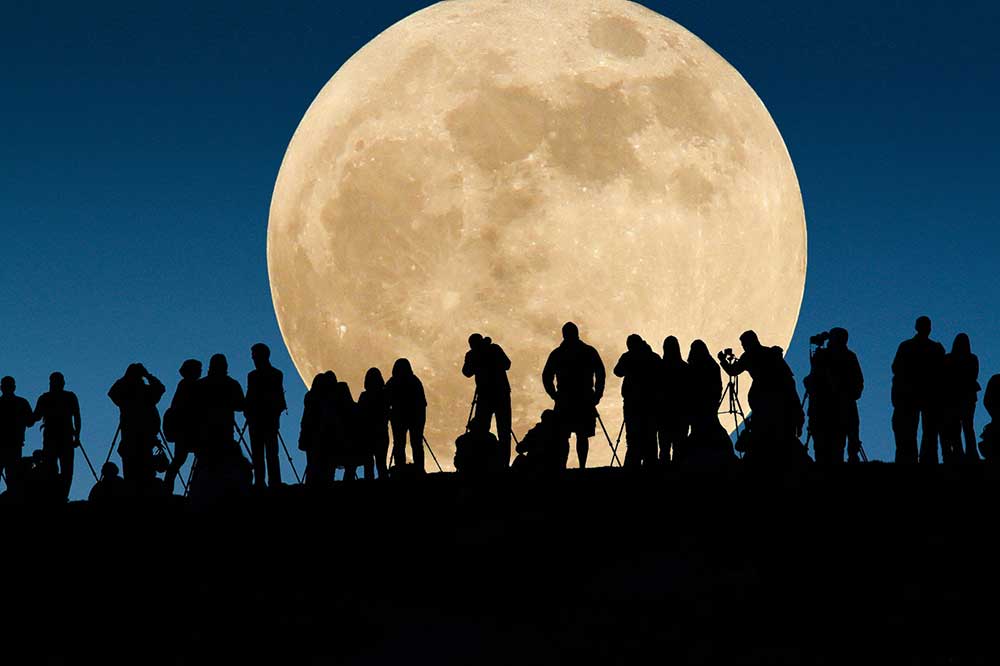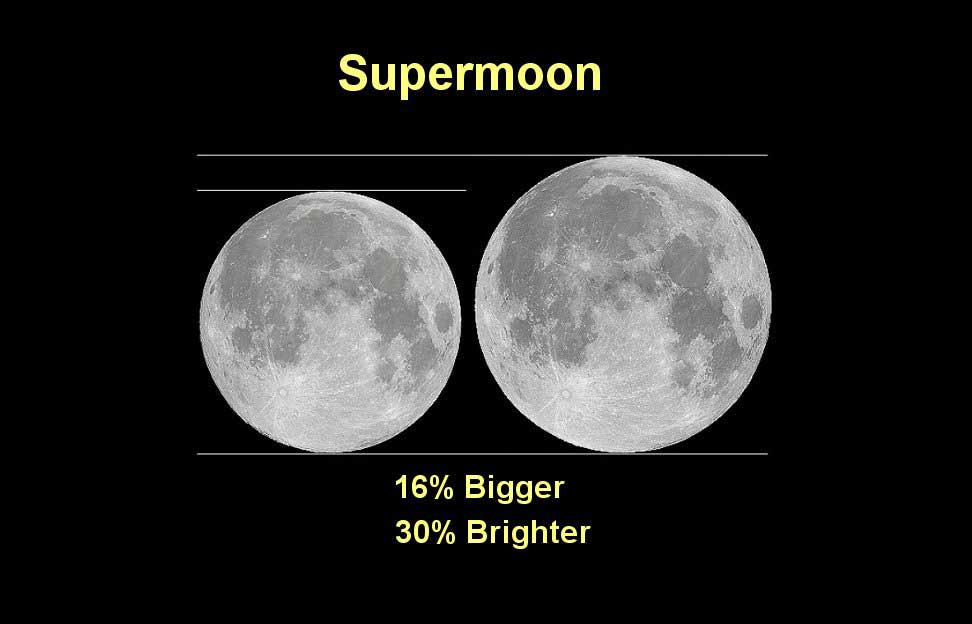Earth’s night sky will host a supermoon lunar eclipse after nearly thirty years. The event is scheduled to take place on September 27. The occurrence is particularly special as it involves two main phenomena that rarely happen together: a supermoon and a full lunar eclipse.
A supermoon happens when the moon sweeps to what scientists know as perigee. This is when the moon reaches its closest point to Earth in its orbit. It is called a supermoon because when it happens the moon appears to be 14% larger and 30% brighter than usual.

On the other hand, a lunar eclipse takes place when the moon passes directly behind the Earth into the shadow the planet casts from the Sun. Lunar eclipses occur often, however it is very rare to see it occur at the very same day a supermoon appears. Since 1910, observers from Earth have only seen both events happening at the same time in five opportunities. Scientists predict that it won’t happen again until 2029.
According to EarthSky, those who are in North America and wish to observe the nature’s spectacle, the best hour to do so is at 9:07pm ET. The eclipse will start around 7:15pm; the totality of the eclipse will take place at 9:11pm and will last until 10:23pm.

Regarding to the lunar eclipse, the event will mark the fourth total lunar eclipse since April 15, 2014. However, it will be the last full eclipse visible in North America until early 2018. When four lunar eclipses happen in a short period of time, it is known as a tetrad. The next one is expected to occur in 2032 and 2033, according to experts.
September’s Astronomical Calendar
The Earth awaits to witness many other astronomical events for the remaining year. Here is a list of displays you should not miss:
September 13: For this date it is scheduled a partial solar eclipse. Experts say that the best viewing for this will be over southern Africa and Madagascar.
September 23: Scientists expect the autumnal equinox. It will happen at 4:41 am EDT marking the very first day of Autumn. During this day the Sun will be 90 degrees overhead at the Equator.
September 27-28: The previously mentioned supermoon plus an total lunar eclipse will take place.
Source: EarthSky
